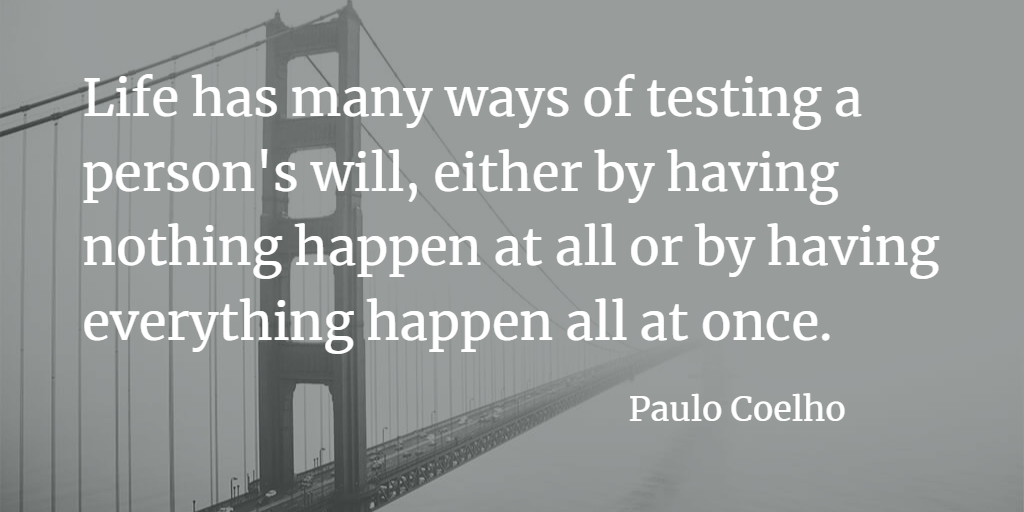It is no secret to educators that teaching is an occupation of high stress. A Johns Hopkins University study ranked teaching as the 4th most stressful job of all occupations. Educators know that the job is stressful, but sometimes it helps to put a name to something in order to help us cope. Sometimes, it is enough to know that others are going through what we are going through in order to come to terms with our own feelings. Recently during a webinar workshop from “Right to Play,” the facilitators referred to what some educators are experiencing right now as “compassion fatigue.” I had heard of this phenomenon relating to emergency response occupations, but I had never really thought about it in terms of education. What we may consider “stress” in the teaching profession may be explained in better detail by examining compassion fatigue.
According to Joanna Krop, author of “Caring without Tiring: Dealing with Compassion Fatigue Burnout in Teaching,” compassion fatigue “is a form of burnout characterized by extreme mental, emotional and spiritual exhaustion, and it’s an occupational hazard in the caring professions.”
Teacher burnout is not something new. Recently, however, there have been a number of articles written on the topic of teacher burnout. A few days ago, the CBC released and article with the results of a survey completed by 2,000 teachers about the pressures in education. One third of the respondents are thinking about retiring or seeking a new career. One third. Some educators cite that the pressure and stress is coming from trying to maintain the best educational experiences possible for students while also trying to adhere to pandemic rules and guidelines. Teachers hold themselves to a high level of integrity and service in their work, in addition to wanting to help their students and their families. Then add a global pandemic on top of the regular burnout reasons. As if that wasn’t enough, there are so few teachers available for daily occasional work that teachers feel more guilty than ever when they need to take time for their health. For many educators, teaching isn’t the only thing that is leading to that compassion fatigue as many teachers have the added pressures of taking care of children and/or aging parents. The most challenging aspect of burnout is that what seems to be the biggest factor in burnout is dedication to the job. The more dedicated the teacher, the more apt they are to experience burnout. Teachers are burning out because they care. Hardly seems fair.
The question becomes then, how do we counteract compassion fatigue and burnout? From what I’ve researched, it is all of the things that we know are good for our mental health:
- figure out what you can control and what you can’t and focus on what you can control
- temper your expectations of yourself and your work (remember that we are in the middle of a global pandemic and the circumstances are different)
- small steps towards getting outside, eating betting, exercising and doing creative things
- surround yourself with supportive people and trusted colleagues
- be aware of toxic positivity or the rabbit hole of complaining about things
- show your true self to your students, be authentic so that your students have permission to be authentic too
- quiet time for yourself and for being mindful
All of that sounds wonderful. All of it sounds like common sense. However, it isn’t as easy to put into practice as all of the research makes it sound. This can appear of just another long list of things to do added to an already long list of things to do. Sometimes burnout can get to a point where you feel immobilized or you may even be at the point that just getting through the next breath is all that you can plan. As someone who generally plans the menu of meals for our family a week in advance so that we can do our groceries, I know the chaos I feel with uncertainty. Right now my plan is to try to be patient and gentle with myself. Everything is going a hundred miles an hour and I keep thinking that I have to keep up or somehow I’ll miss the bus. However, I also know that if I get to the point of exhaustion, I become less self aware and I’ll end up getting run over by the bus and won’t be good to anyone.
It feels like an impossible task to willingly accept less of myself than I normally expect. I feel like I will let others down. However, if I don’t temper the expectations that I have of myself and my work I’m going to have tire tracks on my back and that won’t be good for anyone.




